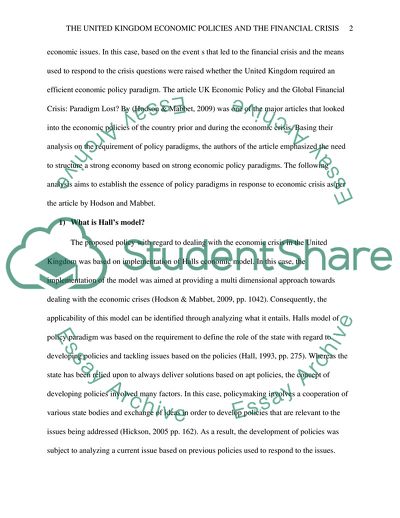Cite this document
(UK Economic Policy and the Global Financial Crisis: Paradigm Lost Essay, n.d.)
UK Economic Policy and the Global Financial Crisis: Paradigm Lost Essay. https://studentshare.org/macro-microeconomics/1849891-uk-economic-policy-and-the-global-financial-crisis-paradigm-lost
UK Economic Policy and the Global Financial Crisis: Paradigm Lost Essay. https://studentshare.org/macro-microeconomics/1849891-uk-economic-policy-and-the-global-financial-crisis-paradigm-lost
(UK Economic Policy and the Global Financial Crisis: Paradigm Lost Essay)
UK Economic Policy and the Global Financial Crisis: Paradigm Lost Essay. https://studentshare.org/macro-microeconomics/1849891-uk-economic-policy-and-the-global-financial-crisis-paradigm-lost.
UK Economic Policy and the Global Financial Crisis: Paradigm Lost Essay. https://studentshare.org/macro-microeconomics/1849891-uk-economic-policy-and-the-global-financial-crisis-paradigm-lost.
“UK Economic Policy and the Global Financial Crisis: Paradigm Lost Essay”. https://studentshare.org/macro-microeconomics/1849891-uk-economic-policy-and-the-global-financial-crisis-paradigm-lost.


